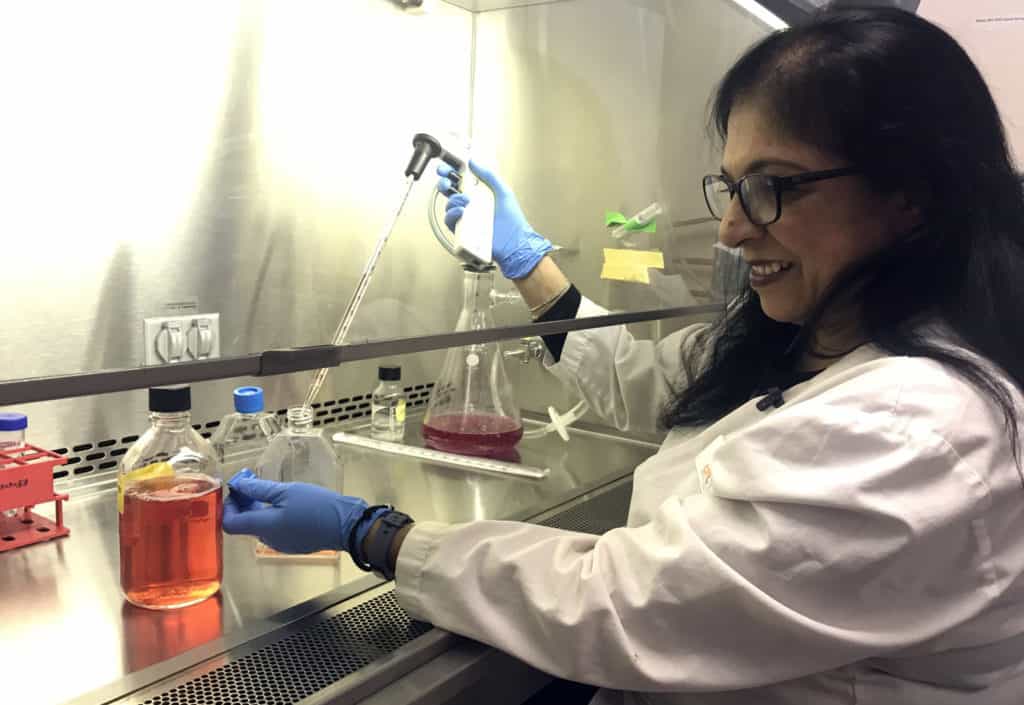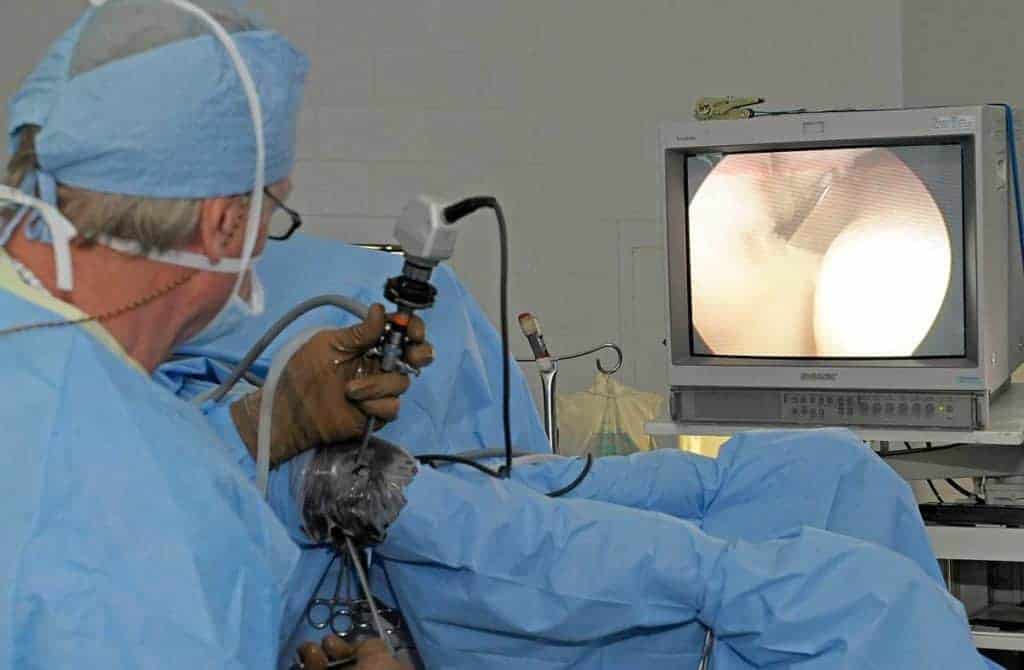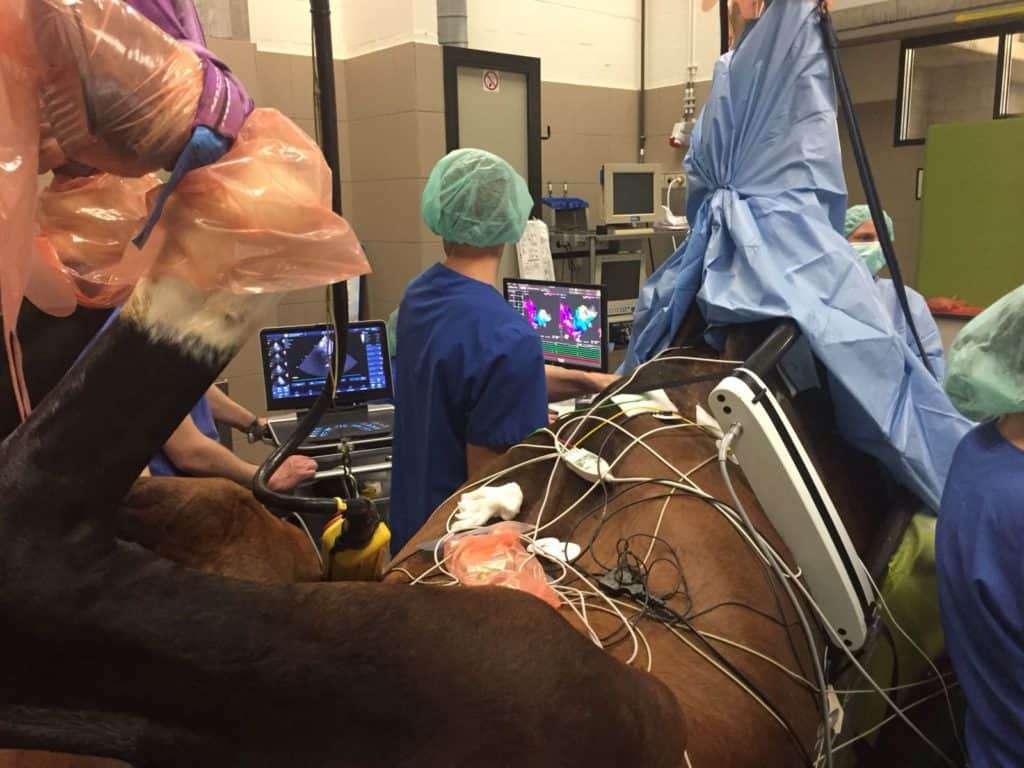
The State of Stem Cell Use in Horses
Get an update on the use of stem cells in horses and research leading us into the future.

Get an update on the use of stem cells in horses and research leading us into the future.

Researchers at North Carolina State University have developed a PRP lysate that, when teamed with antibiotics, can eradicate bacterial biofilms common in joint infections.

Here’s what you need to know about holistic veterinary medicine and how vets can integrate it into everyday practice.

Seven measurement tools and methods veterinarians can implement into equine rehabilitation programs to track progress.

Taking a horse from a sedentary state to active working fitness can be a form of rehabilitation. However, there’s no one-size-fits-all program. Learn how to safely transition your horse into an exercise program.

Researchers said evaluating castration complications allowed them to arrive at a benchmark to which other equine practitioners can audit their individual and practice performances, possibly leading to even safer gelding procedures.

Dr. Wes Sutter recaps studies on MRI for diagnosing hock problems, tieback surgery, evaluating suspensory ligament branch injuries, nerve blocks, and more.

While surgery alone can improve septic navicular bursitis prognoses, recent study results suggest outcomes can be even better if surgery is combined with antimicrobials and therapeutic shoeing.

Horses are at risk of adverse effects anytime they receive injections. However, researchers recently determined that stem cell injection site reactions in horses were uncommon in the population they studied.

Recent study results suggest the overall septic arthritis rate following surgery was 0.47%, which is similar to previously reported rates. Further, researchers found no association between inpatients’ and outpatients’ septic arthritis development rate.

Researchers found that horses ventilated with “heliox” rated better for two measures of respiratory mechanical function—low peak inspiratory pressure and higher lung compliance—compared to those breathing pure oxygen.

Surgical site infection risk had little to do with the amount or kind of bacteria present at the incision before, during, or after surgery, researchers found.

Researchers found that their technique for removing ostoechondral fragments from the hock was efficient and had few postoperative complications.

Belgian veterinarians have successfully completed the first cardiac ablation—a procedure used to correct irregular heartbeats—performed in a horse. Diamant, a 5-year-old Norwegian show jumper, came through the four-hour operation with no difficulties.

Horse health care often requires teamwork. Use these tips to find the right equine health professionals for your team.

Researchers found that standing surgery results were at least as good as those of surgeries performed under general anesthesia. The new procedure also allows better surgical access to the target tissues, they said.
Stay on top of the most recent Horse Health news with
Notifications